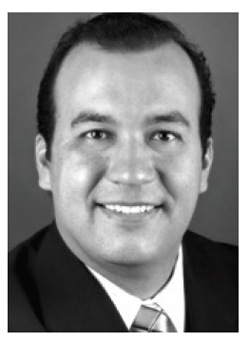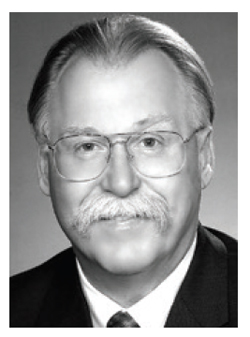Johnny Mercer could not have known when he wrote the song, "Accentuate the Positive", that he was forecasting a 21st-century management theory, but four lines of that lyric capture exactly the idea promoted by Marcus Buckingham and Donald Clifton in their new book1. Look at Mercer's lyrics again:
You gotta accentuate the positive
Eliminate the negative
Latch on to the affirmative
Don't mess with Mr. In-between.
Buckingham and Clifton have discovered that only 20% of the people in large organizations have the opportunity to do daily what they do best--or, if you please, to accentuate the positive in their personalities. This inability to capitalize on employees' strengths results from two flawed managerial assumptions about people:
- Each person can learn to be competent in almost anything.
- Each person's greatest room for growth is in his or her areas of greatest weakness.
Similar articles from the archive:
- THE EDITOR'S CORNER Viewing the Child Patient as a Customer February 2000
- THE EDITOR'S CORNER Some Thoughts About Hiring April 1999
- THE EDITOR'S CORNER The Innovator's Dilemma February 1999
Most corporate training programs are designed around these hypotheses. But the authors' research found that:
- Each person's talents are enduring and unique.
- Each person's greatest room for growth is in the areas of his or her greatest strength.
It staggers the imagination to think that 80% of the work force is performing well below capacity every day. Although this particular study was confined to large corporations, there is little to suggest that smaller enterprises are any more efficient.
To bolster their thesis, the authors use the example of Tiger Woods, who has animated golf fans unlike anyone in my lifetime. His long and accurate drives, majestic iron shots, and phenomenal putting distinguish this young prodigy from his peers. Judging by his tournament record, you might assume that Woods has no weaknesses in his golf game. Actually, he ranked only 61st on the PGA Tour in bunker shots last year. Had he and his coach, Butch Harmon, acted in the fashion of most businesses, they would have spent considerable time trying to improve this weakness. Instead, they elected to work more on his strengths, focusing on his sand shots only enough so as not to undermine his total game. They continue to refine and perfect his already great swing, which keeps him out of sand traps far more than others on the tour. Woods and his coach instinctually seem to understand that excellence comes from improving natural strengths, not from patching up weaknesses.
The authors further show that the language associated with human weakness is rich and varied, whereas the vocabulary of strength is rather paltry and sparse. Why weaknesses hold such a fascination for human beings is difficult to understand, but no one to my mind has de-scribed this disposition better than Nobel laureate Saul Bellow in his novel, Humboldt's Gift: "Some people embrace their gifts with gratitude. Others have no use for them and can think only of overcoming their weaknesses. Only their defects interest and challenge them. Thus those who hate people seek them out. Misanthropes often practice psychiatry. The shy become performers. Natural thieves look for positions of trust. The frightened make bold moves."
Human nature and conventional management theory notwithstanding, it stands to reason that an orthodontic practice based on strength would be more productive and rewarding than one based on weakness. A strength-based practice is one in which the orthodontist emphasizes employees' key talents--or "signature themes", as the book calls them--rather than wasting time on corrective training to shore up their deficiencies.
Of course, there is a minimum level of performance for every chairside assistant--placing and removing archwires, teaching oral hygiene, instructing patients in appliance use and care, and so on. Yet equally excellent assistants can have widely different strengths, which require different management approaches to maximize their effectiveness.
The great challenge for orthodontists is first to select people properly, next to place them where they can function best, and then to focus on augmenting their strengths. The most competent person who ever worked for me would never have excelled as a chairside assistant, and to my good fortune, she convinced me of that from the start and became a first-rate business manager. The best lab technician I ever had was only a marginal chairside assistant. Unfortunately, I made these and other happy personnel discoveries entirely by accident--not exactly the best way to run an orthodontic office or any other enterprise.
Of all the tasks associated with an orthodontic practice, maximizing the contributions of personnel remains the most elusive and the least satisfying. Were it an easy task, this book would be unnecessary, but that clearly isn't the case. At any rate, readers now have a potent remedy for solving this dilemma.
I have read and reported on many management books in this journal, but this one seems to make more sense and show more promise than any other. At least it focuses our attention where it should have been all along in our careers-- accentuating the positive and eliminating the negative.
LWW
REFERENCES
- 1. Buckingham, M. and Clifton, D.O.: Now, Discover Your Strengths, Simon & Schuster, New York, 2001.



